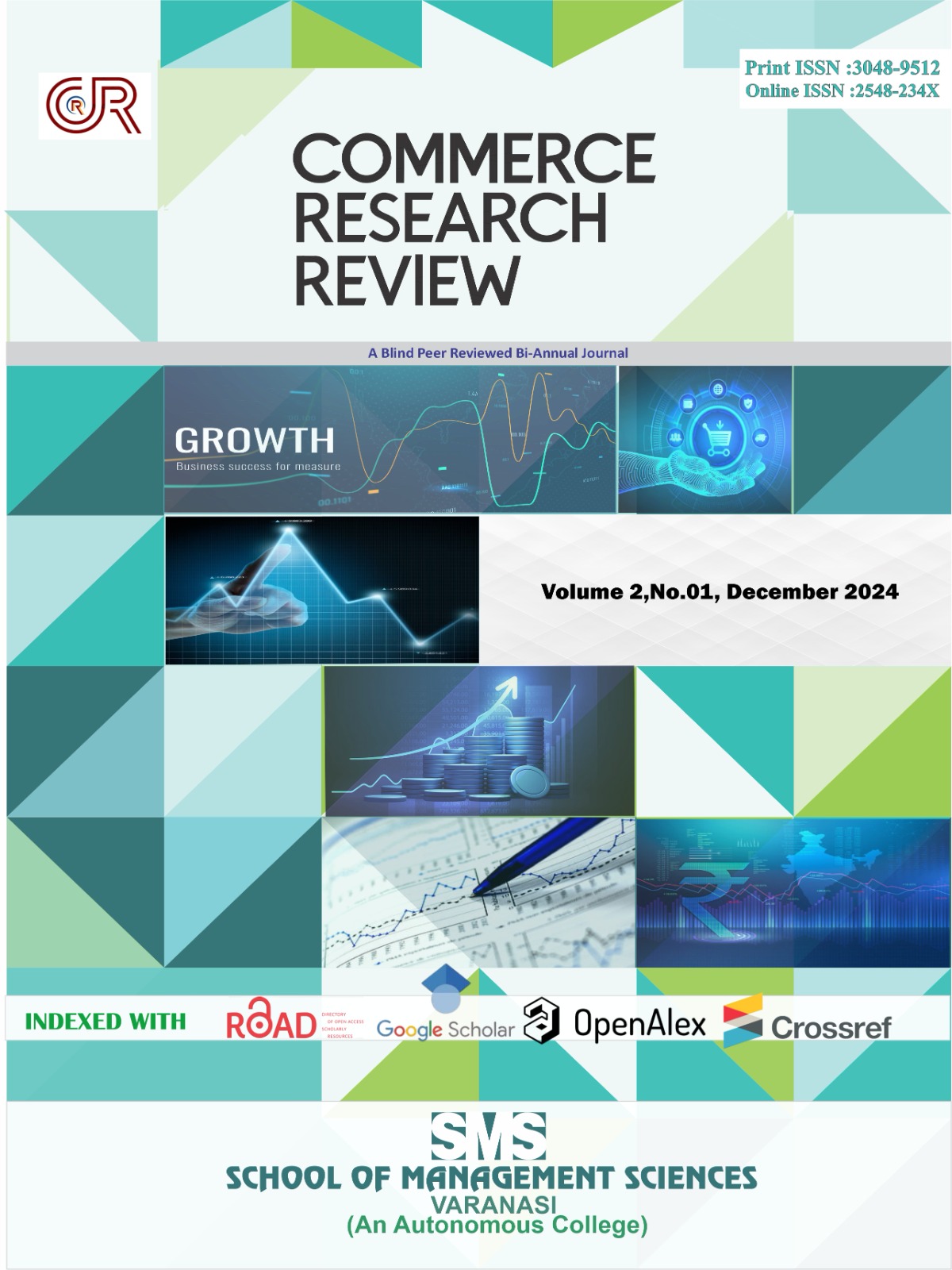Non-Performing Asset Management in Indian Banking: A Comparative Study of Public & Private Sector Banks
Abstract
NPAs represent a major hurdle for the banks, posing substantial threats to financial stability. Often described as a doubleedged
sword, NPAs fail to produce revenue while simultaneously weakening a bank’s financial health. Instead, they compel
banks to allocate provisions, thereby eroding profitability. The escalating levels of NPAs in banks carry wide-ranging
consequences for the economy, disrupting credit flow and hindering overall economic growth. Using aggregate data from
2020 to 2024, this study attempts to investigate NPA management practices at selected banking sectors. The study integrates
both theoretical and empirical perspectives on NPAs. It delves into the classifications and root causes of NPAs while
analysing essential financial ratios associated with NPA performance. Gross nonperforming assets to Advances ratio is also
examined using an ANOVA test to determine whether there is a notable distinction between the various selected banking
sectors. The study's findings indicate that over the analysis period, gross NPAs at government owned banks increased
steadily. According to projections for 2025, government owned banks are anticipated to face more challenges in managing
NPAs than private and international banks. However, the results of the ANOVA test indicate that 2020 to 2024, there was no
difference between selected banks' gross non-performing asset to gross advance ratios.


